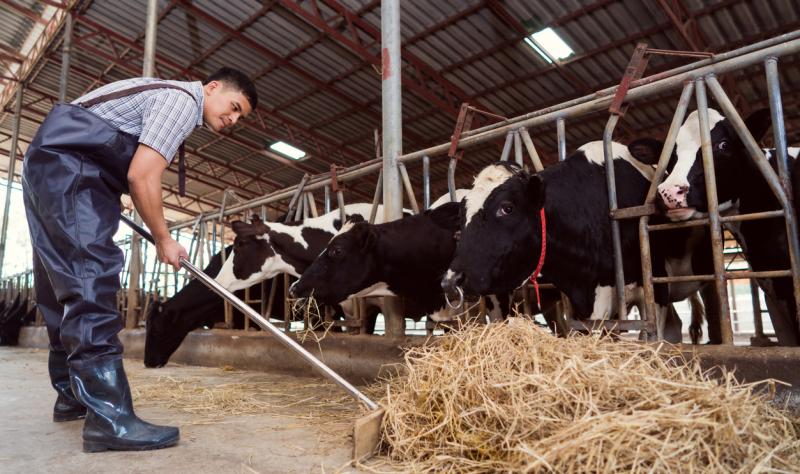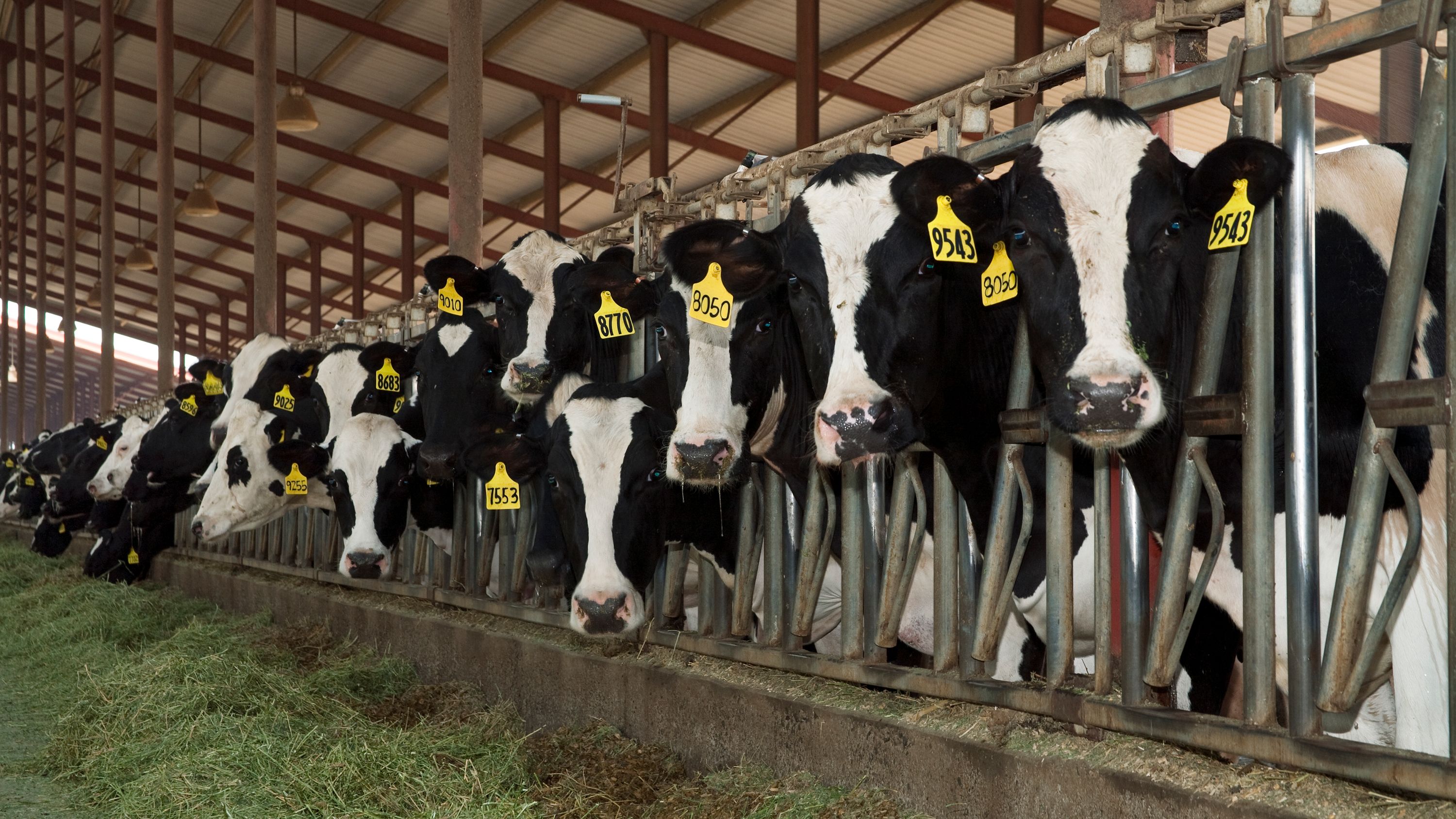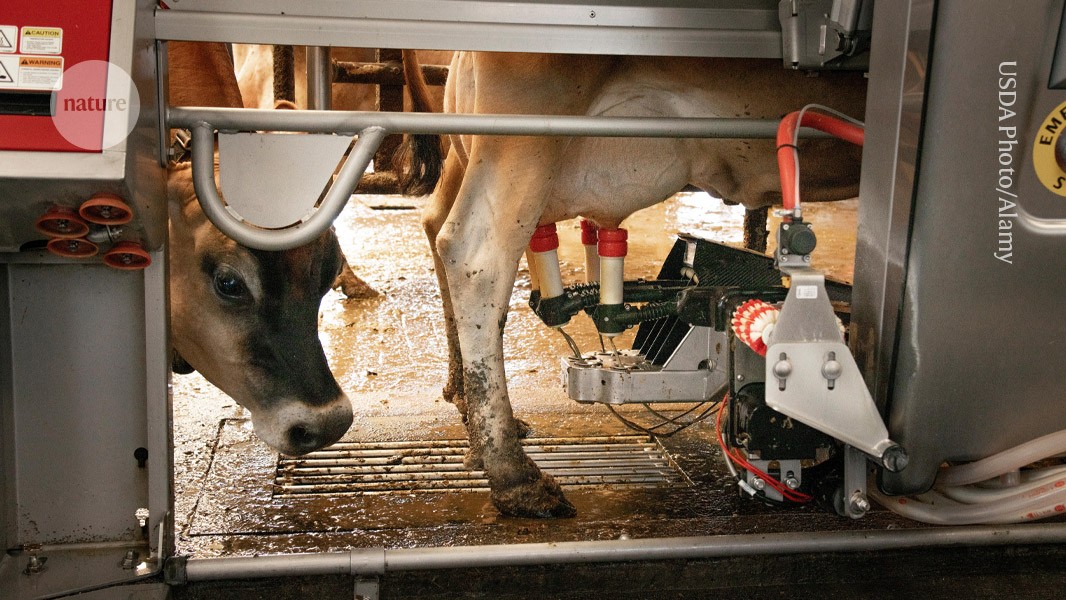H5N1 Avian Flu aka. HPAI
Infected herds in California are seeing mortality rates as high as 15% or 20%, compared to 2% in other states, said Keith Poulsen, a veterinarian and director of the Wisconsin Veterinary Diagnostic Laboratory who has researched bird flu.
Bringing the total up to 11.
Risk is still low as this is animal to human spread. Possible two other infections pending confirmation.

None of them have tested positive for H5N1 thus far, but something to keep an eye on. Sources: September 6th: https://www.cdc.gov/media/releases/2024/s0906-birdflu-case-missouri.html September 13th: https://www.cdc.gov/bird-flu/spotlights/h5n1-response-09132024.html September 20th: https://www.cdc.gov/bird-flu/spotlights/h5n1-response-09202024.html September 27th: https://www.cdc.gov/bird-flu/spotlights/h5n1-response-09272024.html

https://tinalexander.github.io/notes/2024/04#texas-health-department-on-reported-h5n1-symptoms-around-amarillo
 www.deccanherald.com
www.deccanherald.com
So far there is only one confirmed human case. Rick Bright, an expert on the H5N1 virus who served on President Joe Biden's coronavirus advisory board, told me this is the crucial moment. "There's a fine line between one person and 10 people with H5N1," he said. "By the time we've detected 10, it's probably too late" to contain.
Interesting interview worth a read. Some quotes: "As she checked more cows and talked with colleagues, more information came to light and she began to identify recurring symptoms: thick, colostrum-like milk; lesions on cow vulvas; high temperatures; respiratory distress; a drop in feed consumption; and a corresponding lack of rumination. None of it added up to winter dysentery." "Petersen says she has worked with people infected by H5N1 who do not interact with dairy cows. “I'm talking owners and feeders who don't usually touch cows,” she says."
However, it does take around 30 to 45 days for those clinically infected cows to recover fully from the process. And that being said, we have some cows that do not fully recover milk production, in that month to a month and a half period. Some animals actually essentially shut down milk production from this and become a dry animal. We do not know if that is a lasting condition, until we start having some of these animals freshen back in to the herd. And that could be as much as six months from now.
 web.archive.org
web.archive.org
They are not actively monitoring infections in pigs, which are famously effective hosts for evolving flu viruses, and which are often kept in proximity to cattle. And officials have said they have “no concern” about the safety of milk, despite a lack of hard data. In joint statements in March, the U.S.D.A., the Food and Drug Administration and the Centers for Disease Control and Prevention assured the public that pasteurized milk was safe. But the F.D.A. is still conducting tests to ascertain whether the process eliminates the virus. The agency declined to say when results from those tests would be available.
“It’s really about folks who are in environments where they may be interacting with cattle that are infected with this virus,” said Dr. Demetre Daskalakis, the director of the National Center for Immunization and Respiratory Diseases at the Centers for Disease Control and Prevention. “The risk for most everyone else is very low,” he added. “Right now, our risk assessment hasn’t changed, but if it does change, we’re going be pretty quick and pretty transparent about that.”

















